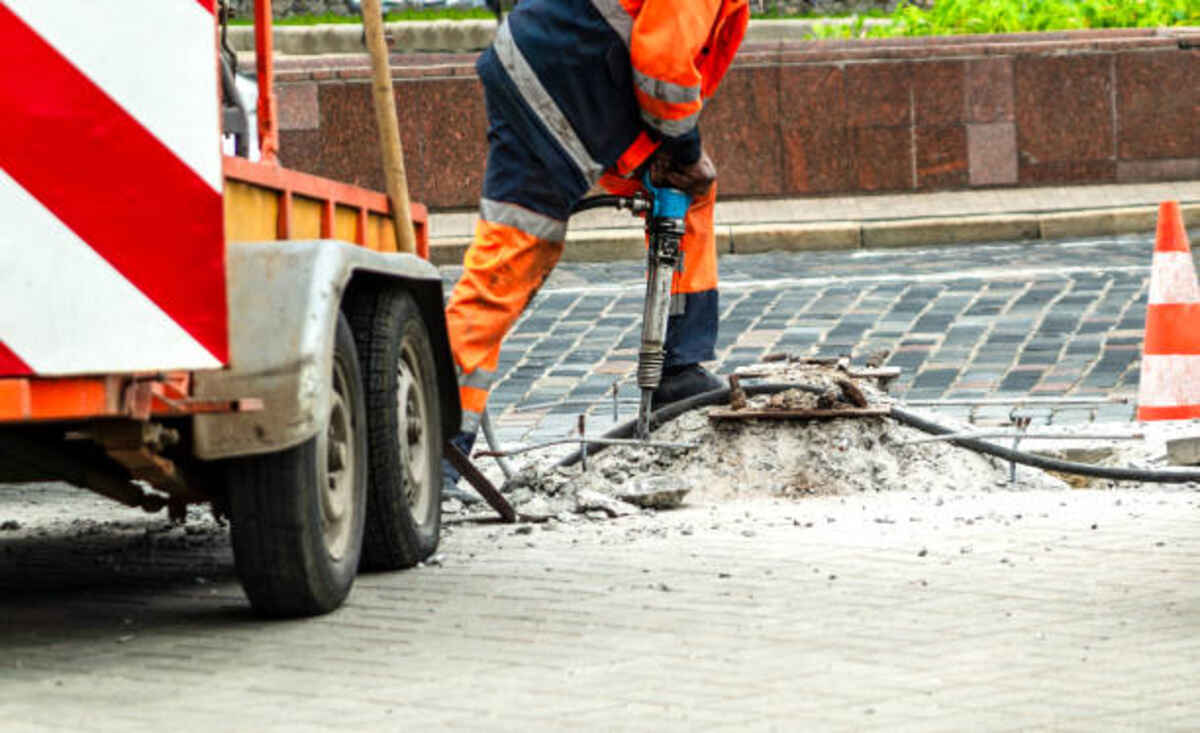An average residential demolition project typically costs anywhere between $125,000 and $450,000, or $104 to $165 per square foot, including hiring an architect to ensure all utility lines can be moved or disconnected prior to beginning demolition work. Find the best Demolition Round Rock.
Demolishing a home depends on several variables, including size and location. Labor costs, equipment rental costs, and permits all impact the cost of residential demolitions.
Size
People commonly associate demolition with large-scale building teardowns, like using a wrecking ball or bulldozer to knock down an entire building. However, residential demolition involves much lighter equipment. Homeowners may demolish their houses completely or partially for renovation projects or to construct another house on their lot; in such situations, they must navigate various challenges unique to housing demolition.
Size matters when it comes to demolition costs; larger spaces require more labor and equipment for dismantling, increasing overall expenses. Furthermore, accessing such larger areas can be more challenging, necessitating additional safety precautions and measures to take.
An additional factor influencing demolition costs is the age of the building being dismantled. Older structures tend to cost more due to asbestos and other dangerous materials found inside, as well as complex structures that are difficult to disassemble and remove from sites.
Homeowners can lower demolition costs by salvaging materials that are still usable from their homes during demolition. They should consider saving plumbing, electrical wiring, and ventilation systems before selling or donating them, in addition to doors, windows, flooring, and fixtures that still offer value. Before beginning demolition, utility lines must be disconnected, which could cost anywhere between $15,000 to $45,000, including fees associated with disconnecting and reconnecting water, gas, and electric lines before beginning.
Location
When thinking of demolition, many envision wrecking balls or bulldozers dismantling buildings. However, private homes can also be demolished: when an unsafe or too-expensive-to-repair home becomes dangerous or too costly to repair, homeowners may decide to destroy it and build on the lot or partially demolish it for remodeling or expansion projects.
Location is another crucial element when estimating the cost of demolition. Urban areas tend to be more costly due to higher labor and permit costs; it’s more challenging to reach houses in densely populated areas, plus additional safety regulations come with that scenario.
Other factors affecting the cost of demolition include house type and whether or not its destruction will be complete or partial. Complete house destruction typically costs more than partial destruction due to heavy machinery needs. Older homes tend to cost more due to complex plumbing, heavy fixtures, and appliance hookups, which add unnecessary costs during their destruction.
Before undertaking demolition, it’s also worth taking into account whether cutting and capping utility lines will add $500-1,500 to the overall demolition cost. Furthermore, should you plan on rebuilding on-site later, reconnecting utility lines may become necessary as part of the rebuilding process?
Materials
Material choices in a demolition project can drastically influence its final cost, mainly when dealing with asbestos-containing materials such as insulation. Because asbestos requires special tools and expertise for removal, its presence will often increase costs two or threefold.
Wood, glass, and plastic waste produced during demolition projects significantly contribute to overall costs, adding to final estimates. Reinforced concrete makes up another substantial chunk of demolition waste material, which costs more as it requires more time for disposal than other materials.
As part of any job, complexity plays an integral part. Kitchens and bathrooms, in particular, are more challenging than other rooms to demolish due to plumbing, heavy fixtures, appliance hookups, and difficult-to-remove floors that affix themselves firmly to walls and floors – as healthy location and building condition – which all increase costs considerably.
Considerations should also be given to what will become of the land after demolition has taken place, with additional expenses related to landscaping, prepping it for sale, or considering building it is necessary. Furthermore, permits and zoning requirements must also be fulfilled before any such activities can commence.
Permits
Permits may be required for residential demolition projects. These can include utility company shut-offs, building permits, and hazardous material abatement permits. Many municipalities set a delay before demolition can start; be sure to plan accordingly in your schedule.
As part of your demolition project, it’s also essential to consider its environmental effects. Buildings often contain hazardous materials that must be safely removed before beginning demolition; such materials include asbestos, lead paint, PCBs in caulk, and mercury. Therefore, hiring an experienced contractor with knowledge of these types of projects would be optimal.
Home demolition is no simple undertaking and shouldn’t be undertaken lightly by anyone with access to tools. It requires precision and expertise for optimal safety and structural integrity, and it is an arduous task that could significantly disrupt your life and neighborhood.
However, by carefully planning, it’s possible to save time and money while still getting the job done. A knowledgeable contractor can assist in defining the scope of your project and ensure its timely completion without exceeding budget. In turn, this will save money and headaches down the line.


 Home
Home